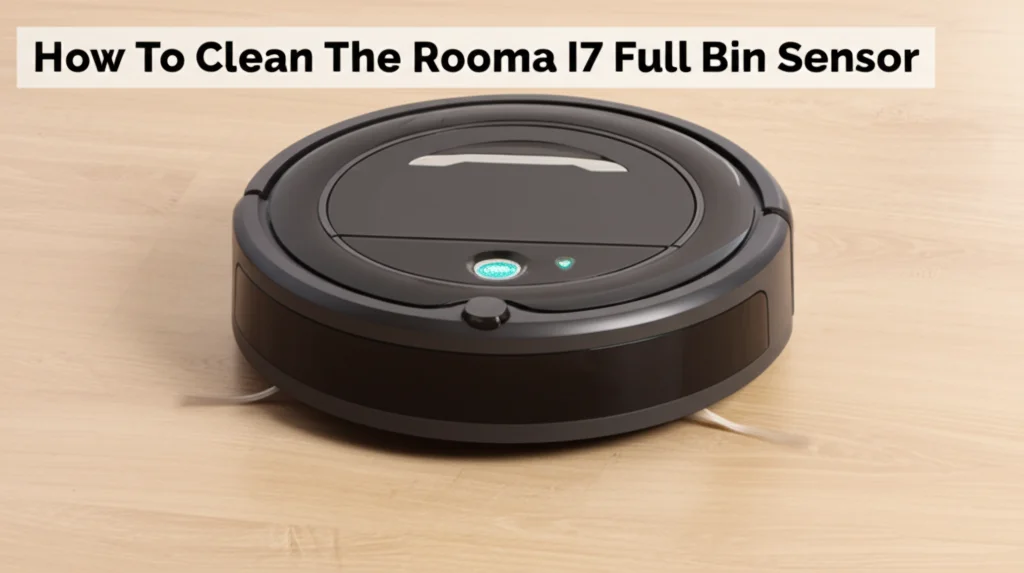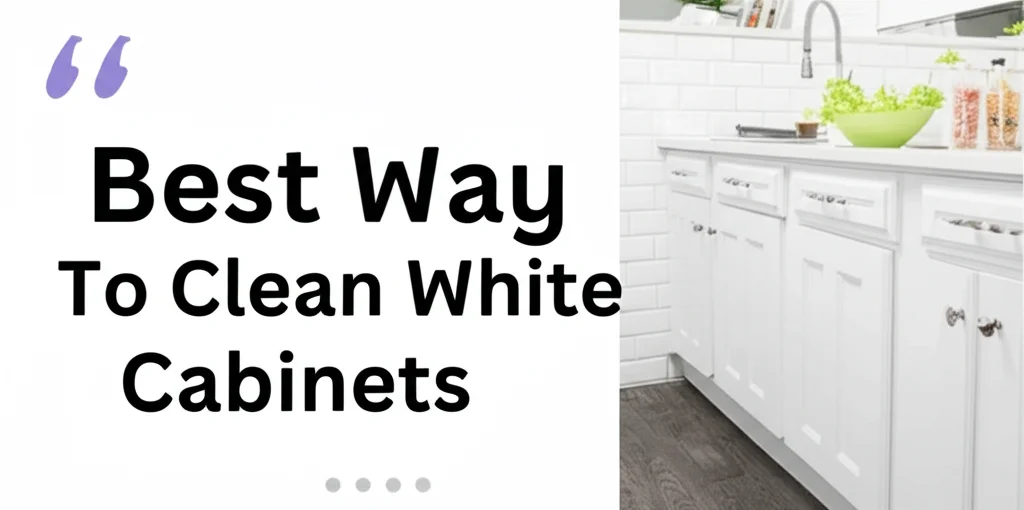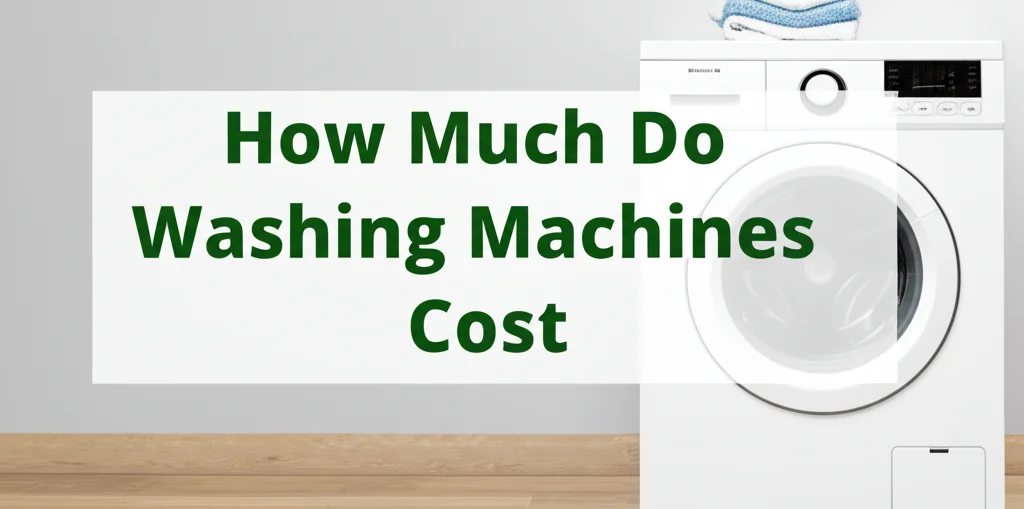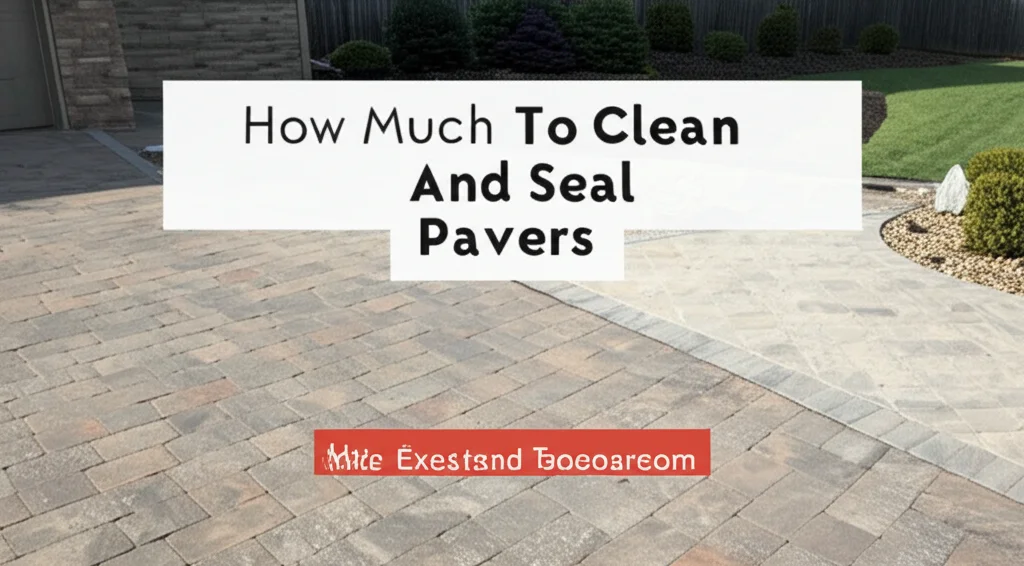· Robot Vacuum Cleaners · 7 min read
How To Clean The Roomba I7 Full Bin Sensor

Is Your Roomba I7 Saying the Bin is Full When It’s Not?
Have you noticed your Roomba i7 constantly telling you the bin is full, even after you’ve emptied it? This is a common issue, and thankfully, it’s usually a simple fix. The culprit is often a dirty full bin sensor. A malfunctioning sensor can interrupt your Roomba’s cleaning cycle and prevent it from working efficiently. This article will guide you through the process of cleaning the Roomba i7 full bin sensor, restoring your robot vacuum to its peak performance. We’ll cover everything from locating the sensor to troubleshooting common problems, ensuring a spotless home with minimal effort.
Here’s a quick answer:
To clean the Roomba i7 full bin sensor, remove the bin, locate the sensor window, and gently wipe it clean with a dry microfiber cloth. Ensure no dust or debris obstructs the sensor. Reinsert the bin and test the Roomba to confirm the issue is resolved.
Key Takeaways:
- Regularly cleaning the full bin sensor prevents false alerts.
- A dry microfiber cloth is the best tool for sensor cleaning.
- Gentle cleaning is crucial to avoid damaging the sensor.
- Testing after cleaning confirms the fix.
Understanding the Roomba I7 Full Bin Sensor
The Roomba i7 relies on a network of sensors to navigate and perform its cleaning duties. The full bin sensor is a critical component, informing the robot when the dustbin is nearing capacity. When this sensor is obstructed by dust, debris, or pet hair, it can send a false signal, indicating the bin is full even when it isn’t. This can be frustrating, as it interrupts cleaning cycles and requires unnecessary bin emptying. Understanding how this sensor works helps you appreciate the importance of regular maintenance. Keeping this sensor clean ensures your Roomba operates as intended, providing a consistently clean home.
Locating the Full Bin Sensor on Your Roomba I7
Before you can clean the sensor, you need to find it! The full bin sensor on the Roomba i7 is located inside the dustbin itself. It’s a small window, typically black or dark-colored, positioned on the inside wall of the bin. You’ll need to remove the bin from the Roomba to access it. To remove the bin, press the bin release button on the robot’s body. Once the bin is out, visually inspect the interior for the sensor window. Knowing exactly where to look makes the cleaning process much easier.
Tools You’ll Need to Clean the Sensor
You don’t need any fancy tools to clean the Roomba i7 full bin sensor. In fact, using the wrong tools could potentially damage it. Here’s what you’ll need:
- A Dry Microfiber Cloth: This is the most important tool. Microfiber is soft and won’t scratch the sensor window.
- Compressed Air (Optional): A can of compressed air can help dislodge loose dust and debris before wiping.
- Soft Brush (Optional): A very soft brush, like a clean toothbrush, can be used for gentle dusting. Avoid using stiff bristles.
Avoid using liquids, abrasive cleaners, or paper towels, as these can damage the sensor or leave behind residue. Simplicity is key when it comes to sensor maintenance.
Step-by-Step Guide to Cleaning the Full Bin Sensor
Now that you have everything you need, let’s get to cleaning! Follow these steps for optimal results:
- Remove the Dust Bin: Press the bin release button on your Roomba i7 and carefully remove the dust bin.
- Locate the Sensor Window: Identify the small, dark-colored window inside the bin.
- Use Compressed Air (Optional): If you have compressed air, give the sensor window a quick burst to remove loose particles. Hold the can upright and use short bursts.
- Gently Wipe the Sensor: Fold a dry microfiber cloth into a small square. Gently wipe the sensor window in a circular motion. Avoid applying excessive pressure.
- Inspect for Debris: Check the cloth to see if any dust or debris came off. Repeat the wiping process if necessary.
- Reinstall the Bin: Carefully reinsert the dust bin into the Roomba i7 until it clicks into place.
- Test the Roomba: Start a cleaning cycle to see if the “bin full” error has been resolved.
Troubleshooting: What If Cleaning Doesn’t Work?
If you’ve cleaned the full bin sensor and your Roomba i7 is still reporting a full bin, there are a few other things you can try. First, ensure the bin is properly seated and locked into place. A loose bin can sometimes trigger the sensor. Next, check the bin itself for any cracks or damage. A damaged bin might not allow the sensor to function correctly. If the problem persists, you might need to contact iRobot support for further assistance. Sometimes, the sensor itself may be faulty and require replacement. Don’t hesitate to reach out to the manufacturer if you’ve exhausted all other troubleshooting steps. You can find more information on the iRobot website: https://www.beacleaner.com/how-to-clean-luxury-vinyl-plank-flooring/.
Preventing Future Sensor Issues: Regular Maintenance
Preventing the full bin sensor from getting dirty in the first place is the best approach. Here are a few tips for regular maintenance:
- Empty the Bin Frequently: Don’t let the bin get overly full. Empty it after each cleaning cycle, or more often if you have pets or a lot of dust.
- Clean the Bin Regularly: Wash the dust bin with mild soap and water every few weeks. Ensure it’s completely dry before reinstalling it.
- Check the Filter: A clogged filter can contribute to dust buildup around the sensor. Clean or replace the filter as recommended by iRobot.
- Wipe Down the Sensor Periodically: Even if you don’t see visible debris, wipe down the sensor window with a dry microfiber cloth every month or so. Regular preventative maintenance will save you time and frustration in the long run. Consider how often you clean your floors; if you frequently mop, you might want to check out https://www.beacleaner.com/how-to-clean-hardwood-floors-with-vinegar/ to ensure you’re using the right cleaning solutions.
Frequently Asked Questions (FAQs)
Q: How often should I clean the Roomba i7 full bin sensor?
A: It’s a good practice to clean the sensor at least once a month, or more frequently if you notice the “bin full” error appearing often. Regular cleaning prevents buildup and ensures accurate readings.
Q: Can I use a wet cloth to clean the sensor?
A: No, avoid using wet cloths or any liquids on the sensor. Moisture can damage the delicate components. Always use a dry microfiber cloth.
Q: What if my Roomba i7 still shows a full bin after cleaning the sensor and bin?
A: Double-check that the bin is securely locked into place. If the issue persists, the sensor itself might be faulty, and you should contact iRobot support.
Q: Will a dirty filter affect the full bin sensor?
A: Yes, a clogged filter can cause more dust to circulate around the bin, potentially obstructing the sensor. Regularly clean or replace the filter.
Q: Is it normal for the Roomba i7 to occasionally show a false “bin full” message?
A: Occasional false readings can happen, especially if you have a lot of fine dust or pet hair. However, frequent false alerts indicate a need for sensor cleaning.
Conclusion: Keep Your Roomba Running Smoothly
Cleaning the Roomba i7 full bin sensor is a simple yet crucial maintenance task. By following the steps outlined in this guide, you can quickly resolve false “bin full” errors and keep your robot vacuum operating at its best. Remember to use a dry microfiber cloth, avoid liquids, and perform regular preventative maintenance. A clean sensor means a consistently clean home, and a happy Roomba! Don’t let a dirty sensor interrupt your cleaning routine – take a few minutes to clean it and enjoy the convenience of a spotless floor. If you’re looking for ways to improve your overall floor care, you might also find helpful tips at https://www.beacleaner.com/how-to-clean-vinyl-plank-flooring/.




